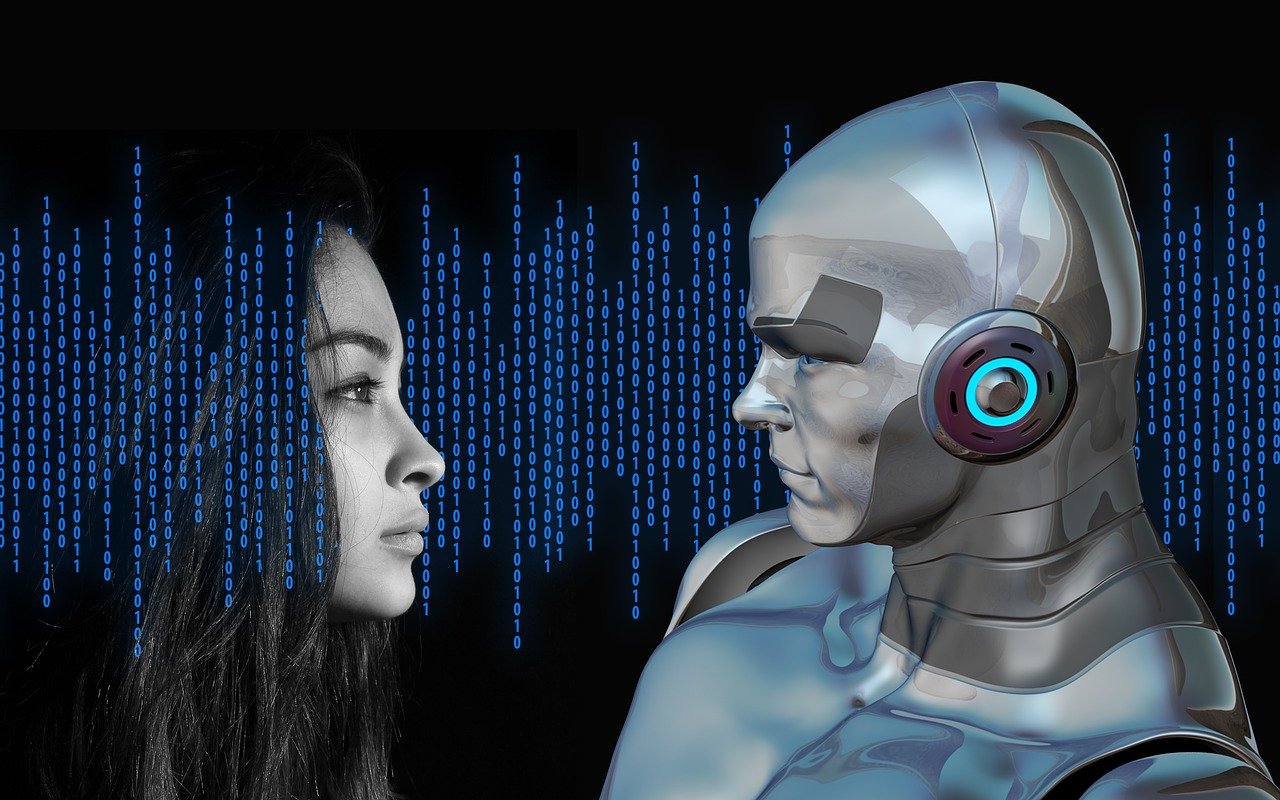The rise of artificial intelligence has created a significant challenge for content creators who strive to produce uniquely human content that stands out from content generated by AI. In response to this challenge, AI content detectors have emerged as a valuable tool to identify AI-generated writing, ensuring that human-written content is distinct from its AI-generated counterpart.

Understanding AI Content Detectors
AI content detectors are software programs that employ machine learning algorithms to scrutinize written content and determine whether it was created by a human or an AI language model. These detectors use a variety of analytical techniques, including analyzing language patterns, syntax, and other linguistic features, to identify the origin of the text.
Some AI content detectors are specifically designed to identify plagiarism, some detect toxicity, while others can detect AI-generated content. Content writers can use these tools to guarantee that their work is not inadvertently mistaken as AI-generated content.
Popular AI Content Detectors
One of the most popular AI content detectors is Grammarly’s AI-powered writing assistant, which can identify and suggest improvements for grammar, tone, and other linguistic features. This tool can help content writers ensure that their writing is clear, concise, and grammatically correct.
Other notable AI content detectors include Jigsaw’s Perspective API, which utilizes machine learning to identify hate speech and toxic language. Additionally, Copyscape, Turnitin, and PlagScan are primarily utilized to detect plagiarism in written content, thereby ensuring that content writers’ work is original and not plagiarized.
OpenAI’s AI Text Classifier
OpenAI’s ChatGPT language model is one of the most advanced AI language models currently available. However, its ability to generate human-like language has also raised concerns about the potential for AI-generated content to be mistaken for human-written content.
In an effort to address this concern, OpenAI has released the AI Text Classifier, a model that can distinguish between text generated by AI and text written by humans. The detector uses language patterns and features unique to AI language models like ChatGPT to identify whether a piece of text was generated by AI or by a human.
The AI Text Classifier has a reported accuracy of over 95%. This makes it a powerful tool for writers who want to ensure that their work stands out as uniquely human-generated in a world where AI-generated content is becoming increasingly common.
Conclusion: The Future of AI Content Detection
As AI language models continue to evolve and advance, AI content detectors will become increasingly critical in helping writers distinguish between human-generated and AI-generated writing. These detectors can identify plagiarism, detect hate speech and toxicity, and discern between text generated by AI language models and text written by humans.
As a writer, it is essential to stay informed about the latest developments in AI content detection and to use a range of tools and techniques to support your writing efforts. By doing so, writers can ensure that their content stands out as uniquely human-generated and authentic in an era where AI-generated content is becoming more prevalent.
- What Is a Double Entendre?
- The Steampunk Genre: What is Steampunk and Why It Fascinates
- Oh Sugar! The Surprising Health Benefits of Swear Words
- 25 Journal Prompts That Will Get You Writing
- How to Write: 50 Writing Tips from Famous Writers
Meanwhile, at Dreamers…
Dreamers Writing Prompt Generator

Experience the power of simplicity with our unique writing prompt generator. Designed for writers who crave spontaneity and surprise, our tool delivers one meticulously crafted prompt at a time.
Top 25 Most Popular Manga Right Now

If you’re searching for the most popular Manga right now, this top 25 list is the ideal starting point, whether a beginner or enthusiast.